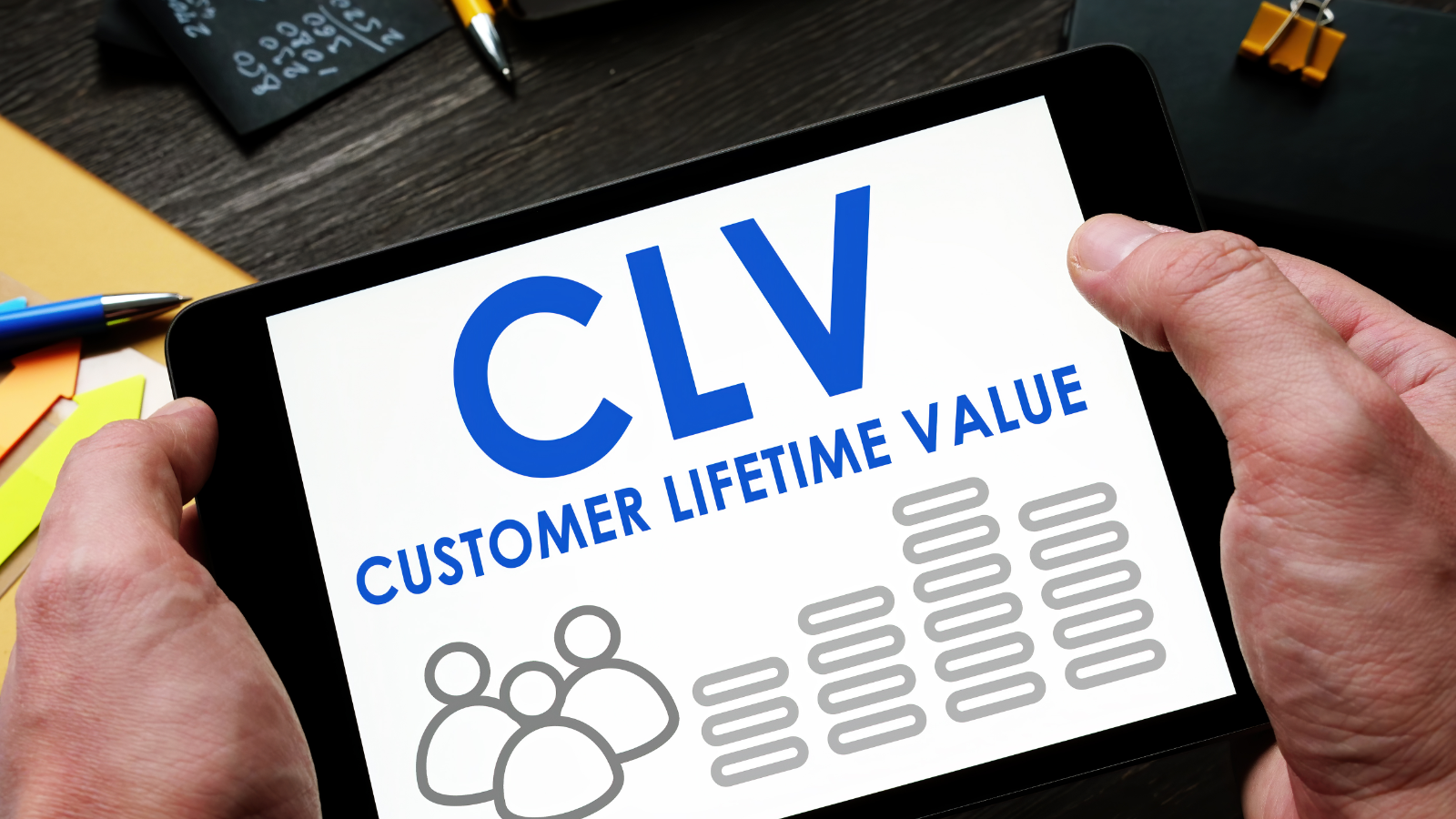What is
customer lifetime value (CLV)
Customer lifetime value (CLV) is the total net profit a company expects to generate from a customer throughout their entire relationship. It represents the predicted financial value of a customer to a business over time, considering all interactions and transactions.
Key takeaways
Essential for understanding customer profitability and informing marketing strategies.
Considers factors like purchase frequency, average order value, and customer lifespan.
Often compared with customer acquisition cost (CAC) to assess marketing efficiency.
Helps in prioritizing customer segments and allocating resources effectively.
How can businesses use customer lifetime value (CLV)?
Customer lifetime value (CLV) is a crucial metric that helps businesses understand the long-term profitability of their customer relationships. The basic formula for CLV is:
CLV =(Average Purchase Value × Purchase Frequency × Customer Lifespan) − Customer Acquisition Cost
However, more complex models may include factors like:
-
Retention rate
-
Profit margins
-
Discount rates for future cash flows
-
Cross-selling and upselling potential
Understanding CLV is vital for:
-
Determining how much to invest in acquiring and retaining customers
-
Identifying high-value customer segments
-
Developing targeted marketing and retention strategies
-
Forecasting long-term business growth and profitability
-
Making informed decisions about product development and customer service
A high CLV relative to customer acquisition cost indicates a healthy, profitable customer relationship. It suggests that investing in customer acquisition and retention will likely yield positive returns over time.
Real-world examples

Case study: Amazon Prime membership
Amazon's Prime members have a significantly higher CLV compared to non-Prime customers. In 2022, Prime members spent an average of $1,400 annually on Amazon, compared to $600 for non-Prime customers. With high retention rates and increasing purchase frequency, Prime members represent a high-CLV segment for Amazon.
Case study: Starbucks rewards program
Starbucks' rewards program significantly boosts CLV. In 2022, Starbucks reported that Rewards members accounted for 55% of U.S. company-operated store sales, demonstrating higher purchase frequency and loyalty compared to non-members.
Case study: Apple's ecosystem
Apple's strategy of creating an interconnected ecosystem of products and services enhances CLV. In 2022, Apple reported that its installed base of active devices exceeded 2 billion, indicating strong customer retention and repeated purchases across its product lines.
Case study: Netflix subscription model
Netflix focuses on increasing CLV through content investment and personalisation. In 2022, Netflix reported an average revenue per membership of $11.67 per month. By reducing churn and increasing engagement, Netflix aims to maximize the long-term value of each subscriber.
Frequently asked questions about Customer lifetime value (CLV)?

